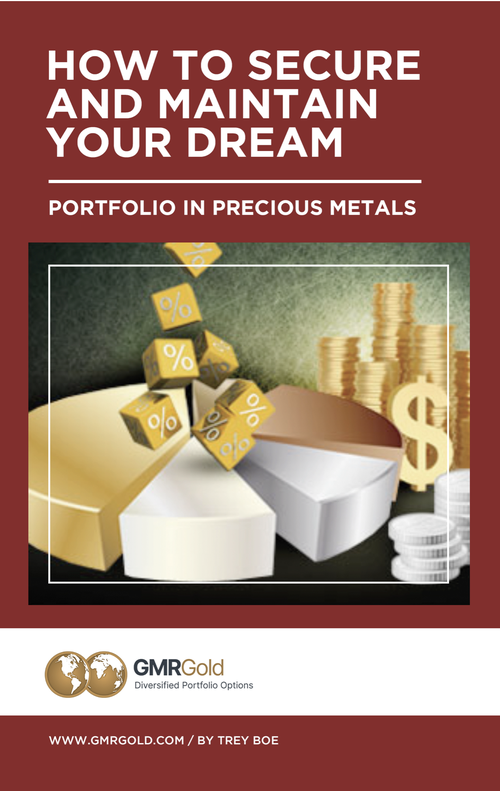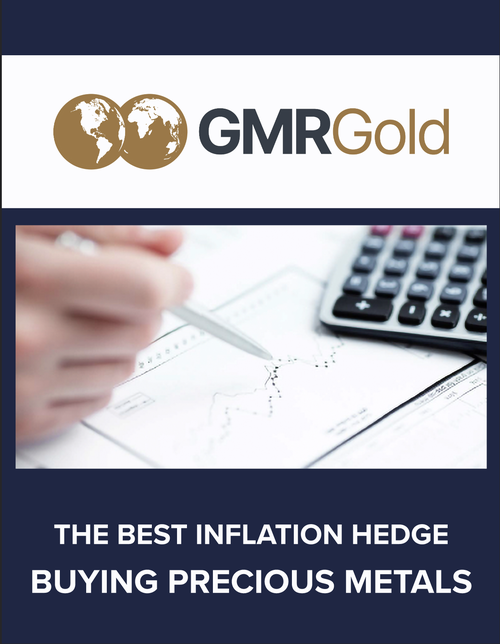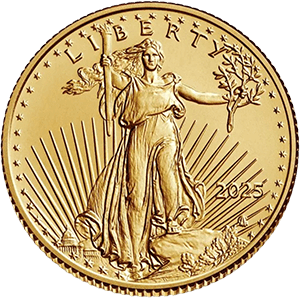High Leaf vs. Low Leaf: A Collector’s Guide to the Wisconsin Quarter Varieties
In Part 1 of our series, we explored the fascinating story behind the Extra Leaf Wisconsin Quarter, a 2004 mint error that turned heads in the numismatic world. Now it’s time to go deeper.
In this post, we’ll walk you through the two known varieties of the error — Extra Leaf High and Extra Leaf Low — what sets them apart, how to identify them, and what collectors should watch for when buying or selling.
Quick Recap: What Is the Extra Leaf Error?
The 2004-D Wisconsin quarter, part of the U.S. Mint’s 50 State Quarters Program, featured a reverse design celebrating Wisconsin’s agricultural legacy — complete with a cow, a wheel of cheese, and an ear of corn.
Soon after its release, collectors noticed some coins bore a strange, extra leaf near the base of the corn stalk — a feature not present in the official design. Upon closer inspection, two distinct versions of this error emerged: the High Leaf and the Low Leaf varieties.
These weren’t minor imperfections. The extra leaves were highly visible, creating an unmistakable visual difference that made them instantly collectible.
Spotting the Differences: High Leaf vs. Low Leaf
The two error varieties are located in the same area of the coin — to the left of the ear of corn on the reverse. But the placement and shape of the leaf are what distinguish them.
Extra Leaf Low
-
The added leaf droops downward, curving beneath the left husk of the corn stalk.
-
It often appears thinner and more subtle than the High variety.
-
Because it can blend into the background more easily, it’s sometimes overlooked by new collectors.
Tip: Look for a curved, downward-pointing projection near the bottom of the left leaf. It should look like an extra husk hanging low.
Extra Leaf High
-
The leaf protrudes upward, pointing more prominently toward the middle of the corn stalk.
-
It appears thicker, more defined, and more dramatic.
-
This variety tends to command higher prices, partly due to its bolder appearance and slightly lower reported availability.
Tip: Look just above the base of the left corn leaf — the extra leaf juts upward at an unusual angle, clearly separate from the design’s flow.
Authenticity Matters
As with any collectible coin, authentication is key — especially when significant value is involved.
Here's how to verify your find:
-
Check the mintmark: All Extra Leaf quarters are 2004-D (Denver Mint). If the coin has a “P” (Philadelphia) mintmark or none at all, it’s not one of the recognized varieties.
-
Use magnification: A 10x loupe or coin microscope can help you distinguish the leaf’s direction and edges.
-
Consult a grading service: Major certification companies like PCGS and NGC both recognize and label Extra Leaf High and Low quarters. Having a coin professionally graded boosts trust — and value.
Estimated Rarity & Distribution
Though there’s no official mintage figure for the Extra Leaf errors, estimates from dealers and grading services suggest the following:
-
Likely 20,000 to 50,000 coins of each variety exist.
-
Most were discovered in circulation throughout the Southwest U.S. and Midwest, with the highest concentration in Arizona and Texas — hinting at a regional distribution batch.
-
Certified populations are significantly lower, making high-grade specimens (MS65+) much more valuable.
Market Value: High vs. Low
The difference in price between the two varieties has remained fairly consistent over time:
| Variety | Circulated | Uncirculated (Raw) | Certified MS65+ |
|---|---|---|---|
| Extra Leaf Low | $50–$150 | $200–$350 | $400–$600+ |
| Extra Leaf High | $75–$200 | $300–$500 | $600–$1,000+ |
Note: Prices fluctuate based on demand, coin shows, and auction results. Always verify with up-to-date sales data before buying or selling.
⚠️ Common Mistakes When Identifying the Error
-
Confusing minor scratches for the error: Die gouges leave raised areas — if it’s recessed or scratched, it’s likely just damage.
-
Assuming all 2004-D Wisconsin quarters are valuable: Only those with the clear extra leaf are worth a premium.
-
Using poor-quality images to evaluate: Always use high-resolution closeups or inspect the coin in person.
Final Thoughts
The Extra Leaf High and Low quarters remain some of the most compelling modern errors in circulation. They’re easy to recognize once you know what to look for, and their combination of bold visual differences, backstory, and market value make them a rewarding find for both novice and veteran collectors.
Whether you’re searching rolls from the bank or evaluating a dealer’s inventory, knowing the difference between High and Low could mean the difference between a nice find — and a great one.
In Part 3, we’ll explore the investment potential and market outlook for these error coins. Are Extra Leaf quarters worth holding long-term? What makes one worth $50 and another $1,000? We’ll cover grading, auctions, and collecting strategy.
Like this guide?
Share it with fellow collectors and sign up for our newsletter to get updates on rare coin trends, pricing tools, and insider tips.









